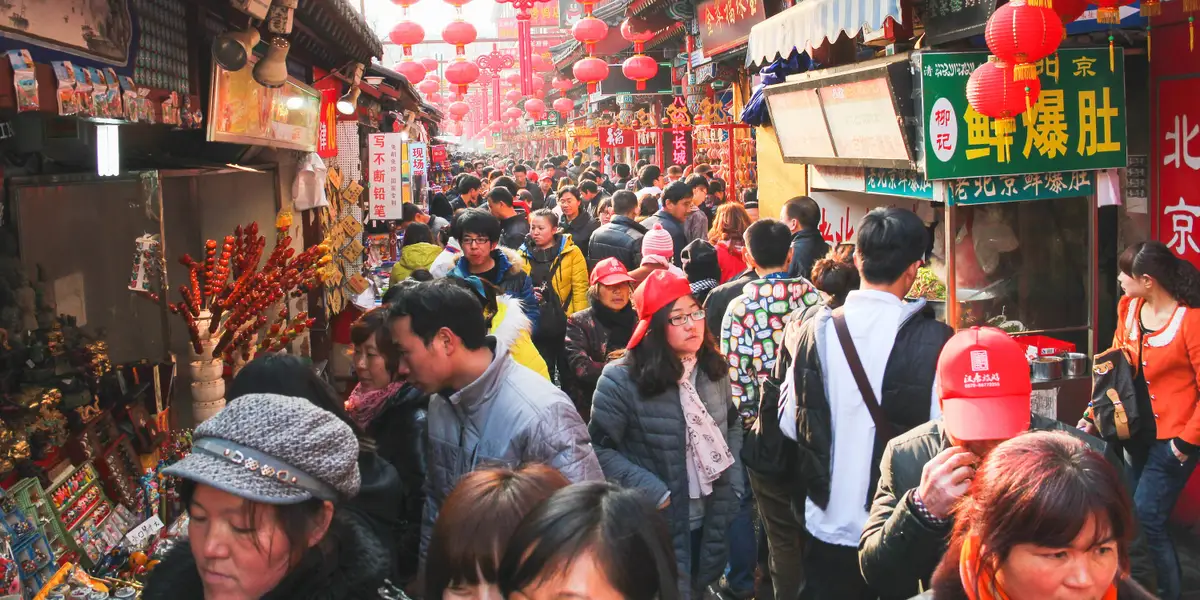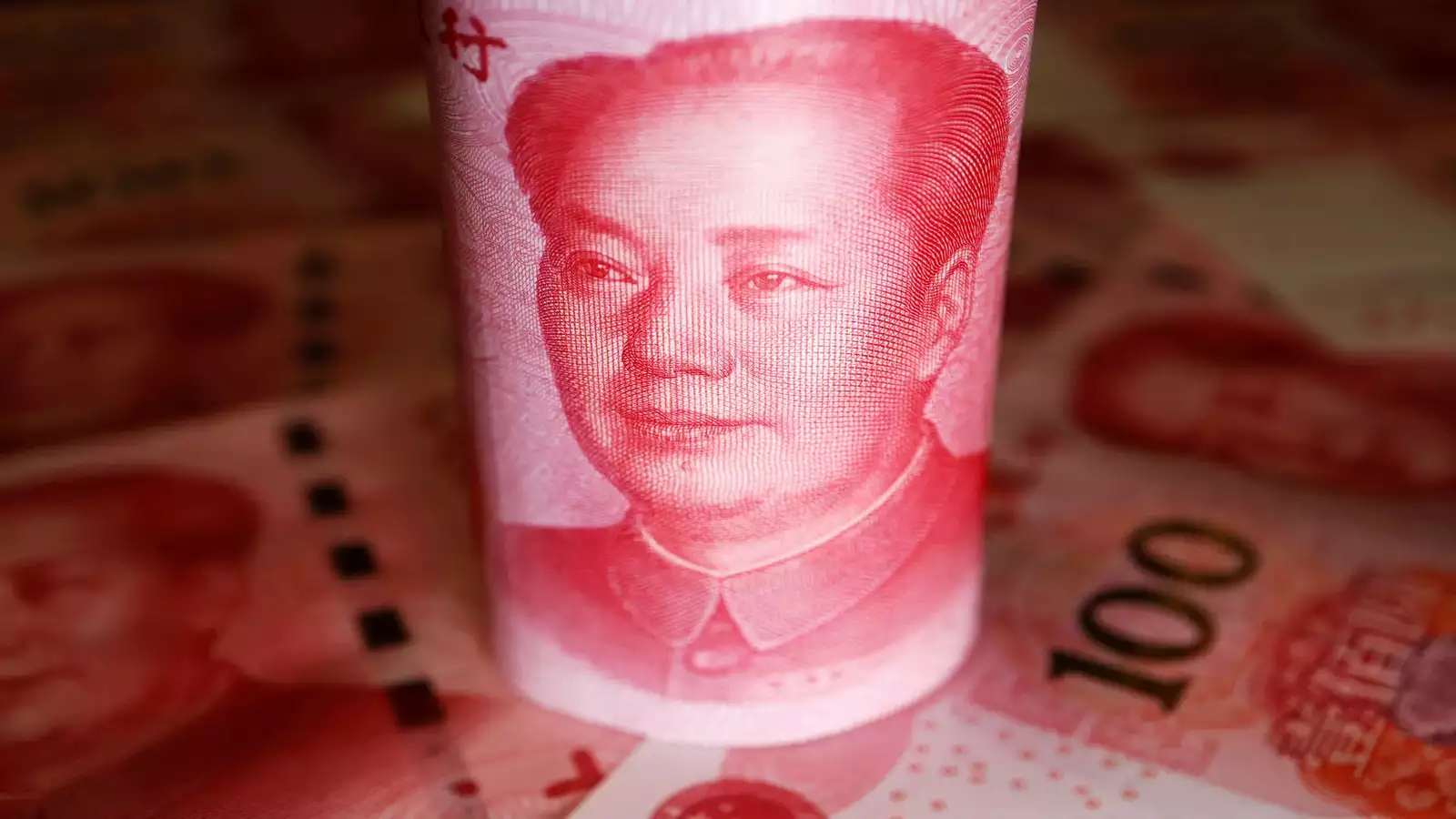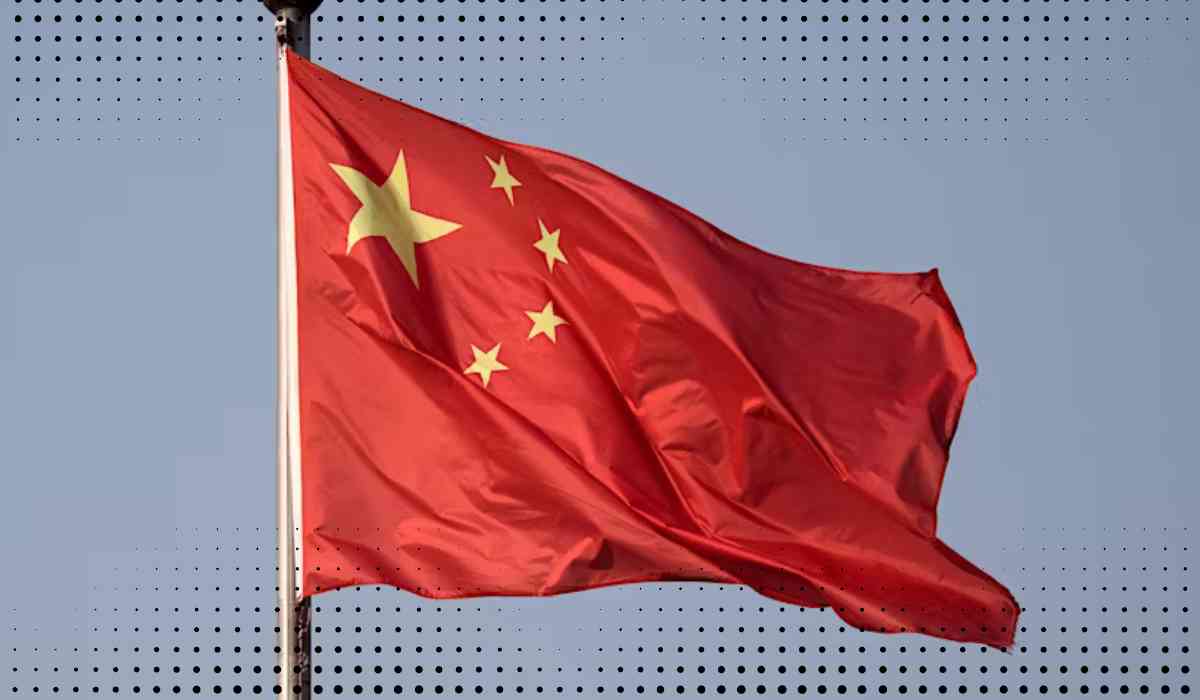On Friday, the Chinese government unveiled a massive 10-trillion yuan ($1.4 trillion USD) stimulus package designed to support its slowing economy and assist financially strained local governments. The announcement comes just days after Donald Trump secured the U.S. presidency, following a campaign that included proposals for substantial tariffs on Chinese imports, potentially up to 60%.

Focus on Debt Relief for Local Governments
Chinese state media outlet Xinhua reported that lawmakers approved a bill from the State Council, which will raise the local government debt ceiling by 6 trillion yuan (roughly $840 billion USD). This measure will help manage "hidden debts," enabling provincial and local governments to restructure and refinance their mounting debt, according to Xu Hongcai, deputy head of the National People’s Congress (NPC) Financial and Economic Affairs Committee.
Analysts noted that this package focuses primarily on debt relief rather than stimulating direct consumer spending, a point some say falls short of expectations.
New Bonds to Replace Hidden Debts
Following a meeting of the 14th NPC’s Standing Committee in Beijing, Finance Minister Lan Fo’an announced that China will allocate 800 billion yuan ($111 billion USD) annually through special-purpose bonds over the next five years, aimed at easing local government debt burdens. This approach is expected to reduce hidden debts by around 4 trillion yuan ($558 billion USD), according to the Ministry of Finance.
This stimulus package builds on other economic measures launched since September to bolster growth. Trump’s recent election and his strong stance on imposing tariffs on Chinese goods have heightened China’s economic urgency. Economists predict these tariffs could reduce China’s GDP growth by more than 2%, adding pressure to meet a GDP target of around 5% for the upcoming year.
Growing Stimulus Expectations and Market Impact
Financial experts, including Nomura, anticipate that China’s fiscal stimulus may amount to 2-3% of its GDP annually over the coming years in response to trade tensions. These measures could potentially shift foreign investor focus away from other markets, such as India, impacting their stock and currency markets.

After two challenging quarters, there are signs of modest economic recovery. However, the drop in real estate prices, a primary wealth source for many Chinese households, has impacted consumer spending. Housing prices have fallen approximately 10% each year over the last three years, placing additional strain on economic growth.
In a statement, the Chinese finance ministry vowed zero tolerance for any new hidden debts from local governments, establishing it as an "iron rule." Minister Lan highlighted that improved fiscal revenue and local government funding have armed the government with tools to maintain financial stability, despite challenges from low demand and limited tax revenue.
This package marks one of the first major responses from China following the U.S. election, aimed at buffering the impact of potential tariff hikes under the incoming U.S. administration.
With inputs from agencies
Image Source: Multiple agencies
© Copyright 2024. All Rights Reserved Powered by Vygr Media.

























